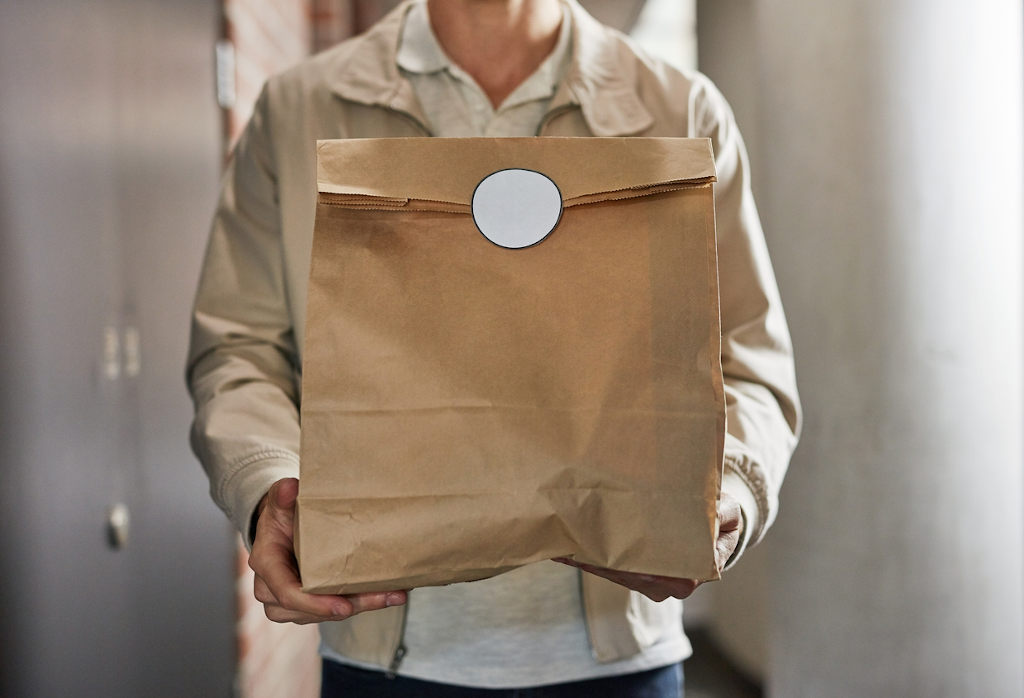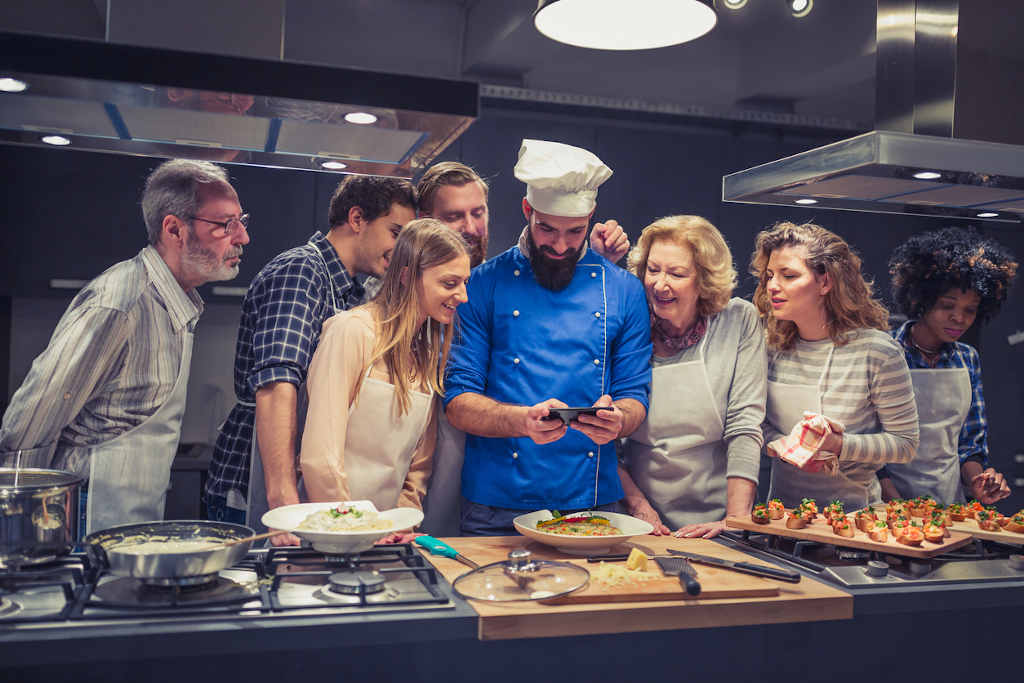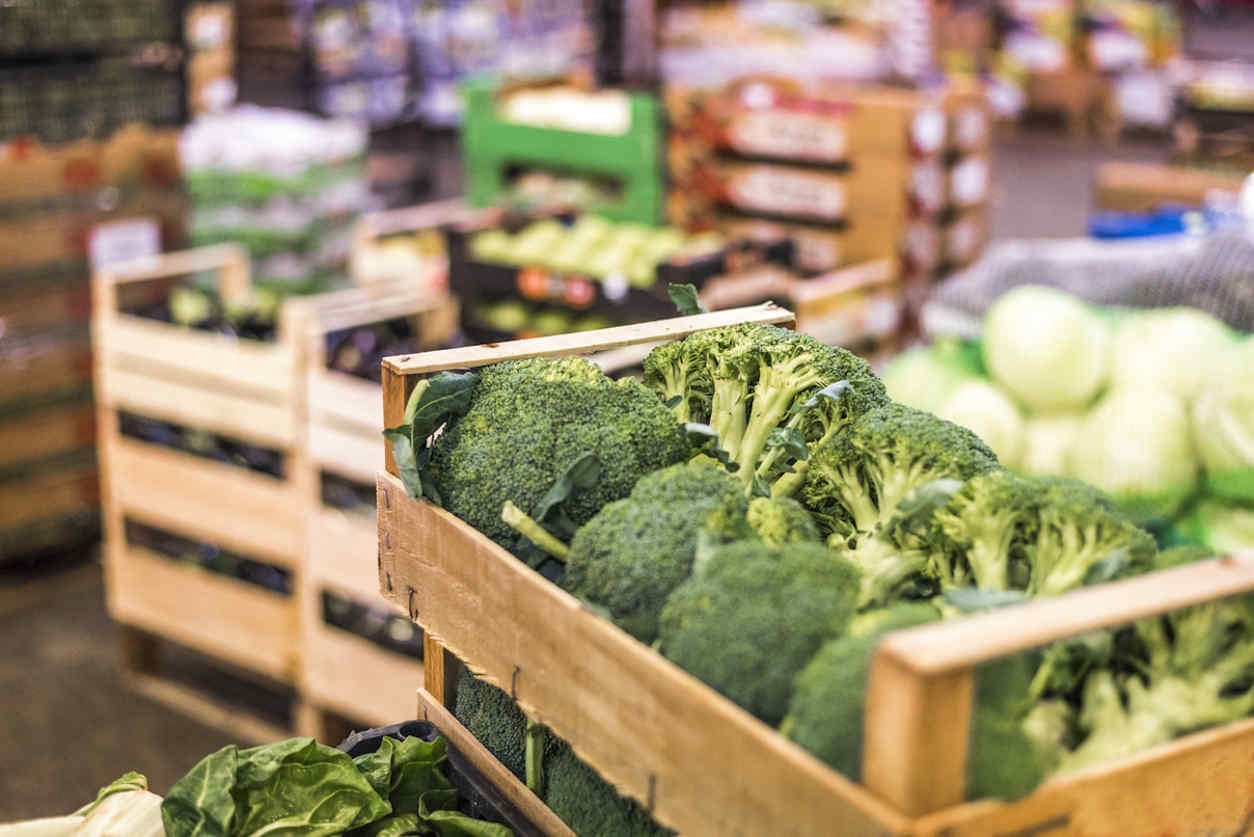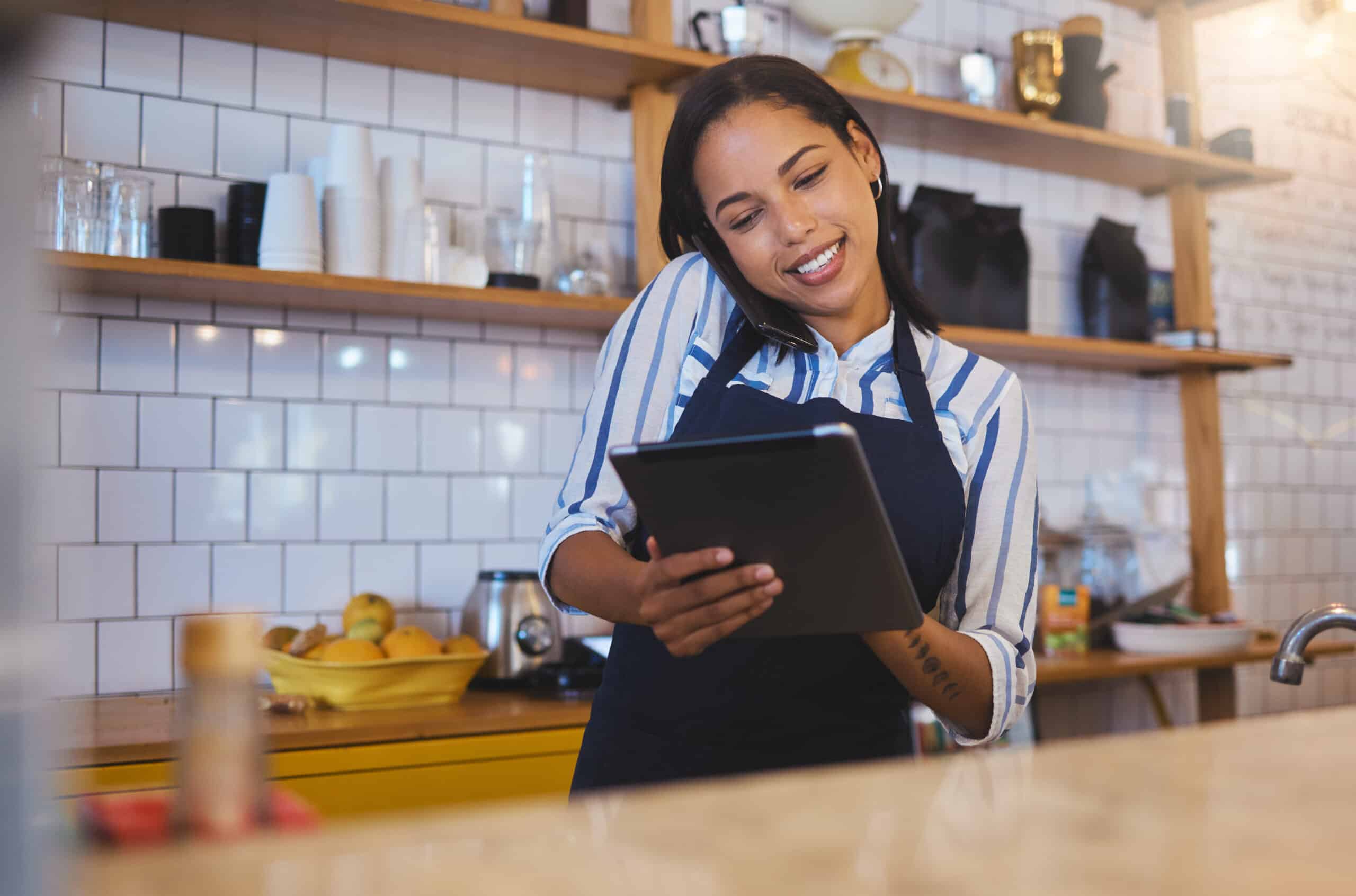With COVID-19 being the biggest disruption to the general world’s population in many decades, it’s fair to assume that things won’t go back to normal right away. What a new normal looks like, we can only speculate on, but based on how society reacted when the virus arrived, we can assume that those behaviours will carry over as society attempts to move past this pandemic. Based on market research and speaking with industry experts, there are a number of changes that we can expect when reopening restaurants. This article will discuss some of the potential changes with disruptions while exploring some ways to mitigate them.
Groceraunts are Here to Stay
Groceraunts, or restaurants offering grocery store product offerings, have been the latest trend for restaurants and suppliers trying to survive COVID-19. With consumers shifting 23% of their spending to grocery, restaurants have taken some unique approaches to help drive revenue. Even though toiletry sales will never make up a large portion of a restaurant’s sales, restaurants have used this time to set up new arms of their business expanding the way consumers can receive value through them. Previously viewed as a place to eat prepared foods, restaurants are now becoming marketplaces offering raw ingredients and supplies. The convenience of getting groceries when you’re picking up takeout for dinner or logging onto a delivery app and having groceries at your door in 30 minutes will resonate with many, even once the dust settles from COVID-19. Since grocery is essentially ingredient takeout, operators will continue to sell groceries. With consumers making fewer transitions than in the past, operators are always trying to maximize order size. Presenting consumers with grocery options provides an opportunity to tack a few extra dollars onto the average order size without changing where they source from.
Dine-In Won’t Look the Same
A couple months ago, if you were looking for a restaurant to go to, seeing that it was busy would be a positive. Once dine-in services commence after the COVID-19 dust settles, I’m not too sure customers will look at “busy” with the same positive connotation. It’s clear that consumer behaviour with respect to health and safety will change, but how will that affect the dine-in portion of the restaurant industry? A survey was conducted where 69% of consumers reported that they’ll avoid crowded places, even if the government claims they are safe. With almost 7/10 Americans fearing crowds, it’s reasonable to assume that dine-in portions of restaurants won’t be at capacity when dine-in resumes. Restaurants will have to work to rebuild trust with customers in order to ramp up dine-in, but with different consumer expectations, trust can’t be built on good food and service alone. Restaurants will have to show their customers that things are different operationally, which starts with the presentation and logistics of stores. Consumers will pay more attention to things they didn’t care about before, like the amount of space between tables or if there is sanitizer available or if contactless payment was offered. The strongest brands must embrace this new wave of consumer behaviour and adjust operations accordingly.

Takeout & Delivery will Remain King
If takeout or delivery weren’t already part of your business, COVID-19 certainly forced your brand to establish one. If you already had takeout and delivery, COVID-19 put your off premise operations to the test. Regardless of which bucket your brand is in, steps need to be taken to improve both the accessibility and the quality of your takeout and delivery process. The groundwork laid during the COVID-19 era will help restaurants be better prepared for the unknown period that follows in a number of ways. Firstly, consumers may proceed with caution once dine-in service resumes around North America, preferring take out in the short term as it poses significantly less safety risk. Also, many consumers are now well acquainted with third party delivery apps and ordering takeout/delivery from their favourite spots, increasing accessibility from the pre-COVID-19 era.
Many restaurant operators also view takeout and delivery in a more positive light than before, as innovation has improved the experience for both the restaurant and the customers. This is first seen with many restaurants creating their own takeout and delivery ordering portals, giving brands the opportunity to reach their customers without having to pay a third party delivery service, like UberEats or Postmates. Restaurants expanding their ordering channels has allowed business to come in from more places while expanding pickup options as well. Innovation has led many restaurants to incorporate curbside pickup into their takeout strategy and with both restaurants and their customers relying more on takeout, we will likely see more innovation in the months to come with respect to packaging, ordering, menu items and Limited Time Offers (LTO’s).
Health and Safety Matters More than Ever
When dine-in service resumes across North America, it will look different from before. It’s unlikely that people will rush to dine-in restaurants the way they would normally rush to shopping malls on black Friday, and that’s because many are aware of the health and safety risks that come with being out in public. With a majority of consumers saying that cleanliness and food safety will be more important to them after COVID-19, it is imperative that restaurant operators adjust accordingly to account for the public’s new sensitivity to cleanliness, health and safety.
Before COVID-19, health and safety were important for restaurants. Measures were always in place to ensure that restaurants were operating safely, however those standards wouldn’t meet the public’s new heightened sensitivity to germs and sanitization. With new public standards, come new restaurant standards that could have a serious impact on both a restaurant and its supply chain. In store, it may become the norm for waiters and waitresses to wear masks and gloves when working or for sanitizer and disinfecting wipes to be at every table. With respect to the supply chain, operators will care more about the sourcing of their ingredients, leading to more robust movement tracking for ingredients before they reach stores. Also, consumers may favour local goods as there may be a perception that local is ‘safer’ than imported. Regardless of where the changes come from, the takeaway is that restaurant operators need to be laser focused when it comes to health safety.

Technology is the Key to Doing More with Less
If technology isn’t already your best friend with these social distancing rules in place, it will be when working at a restaurant going forward. As restaurant operations and training teams are forced to move faster with fewer employees, they must lean heavily on technology to lighten the load. Whether it’s adding an online ordering portal to your website to fuel groceraunt sales, or using third party delivery apps to drive takeout sales, or using digital checklists to enforce new dine-in and health and safety procedures, technology is the key to doing more with less.
Learn more about using digital checklists and how they can help front line employees better enforce the new COVID-19 procedure.



